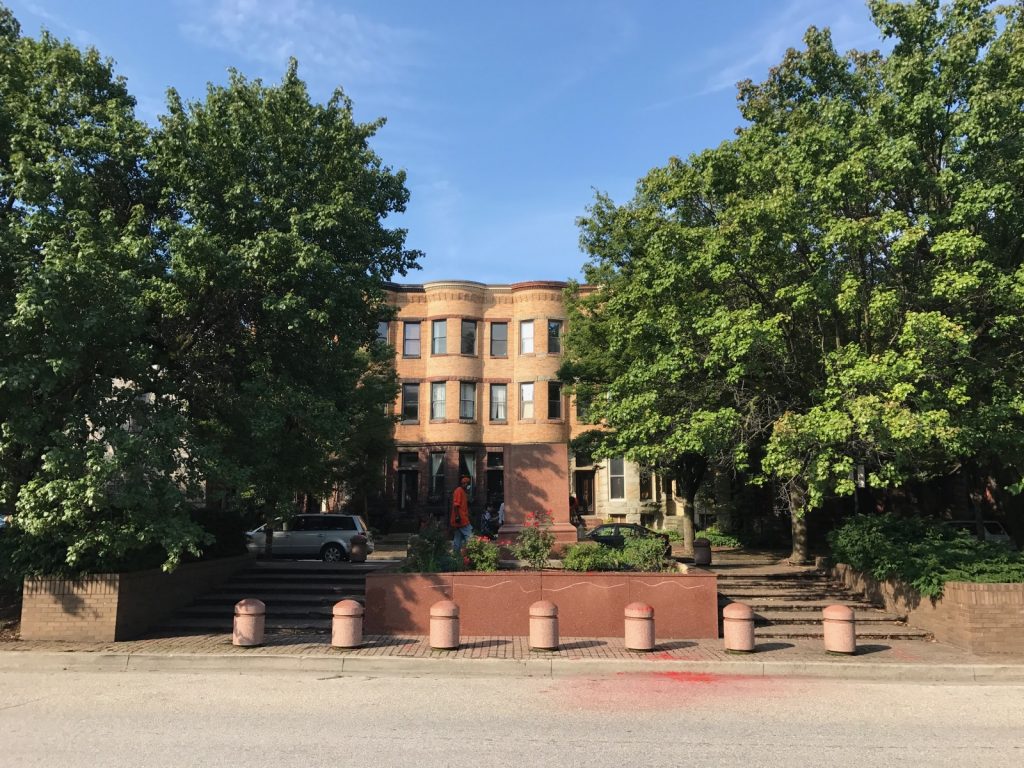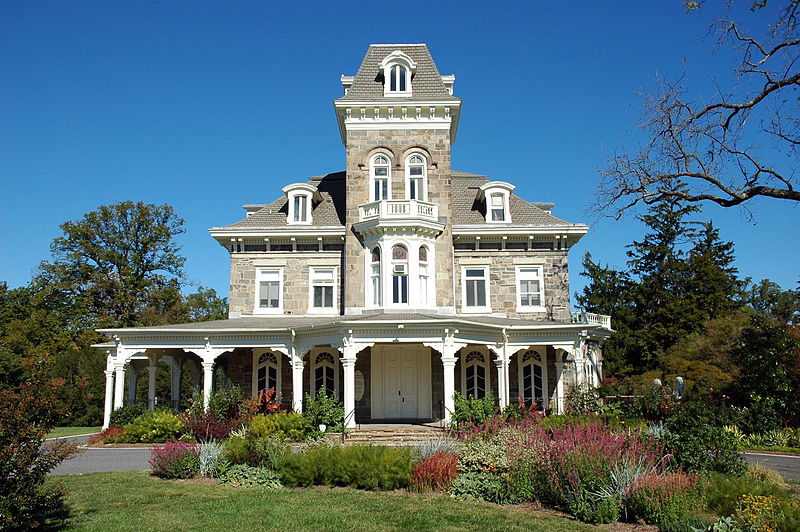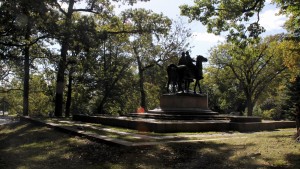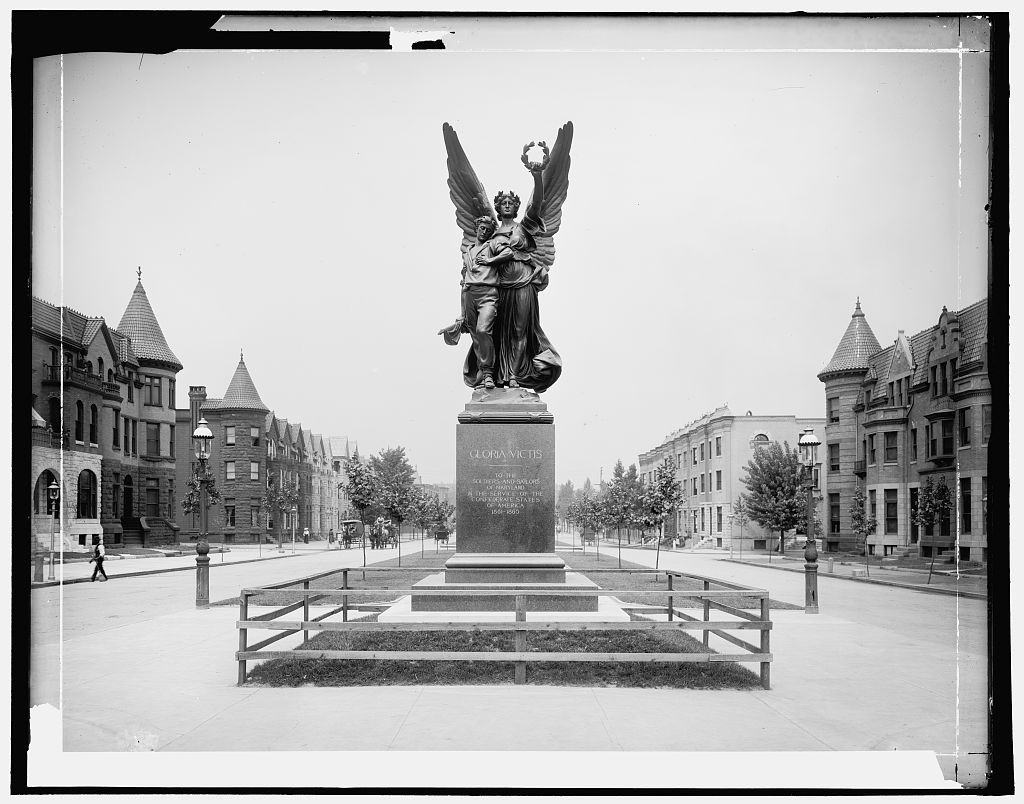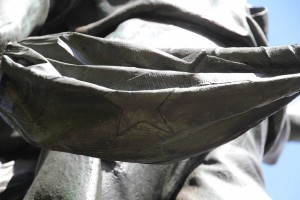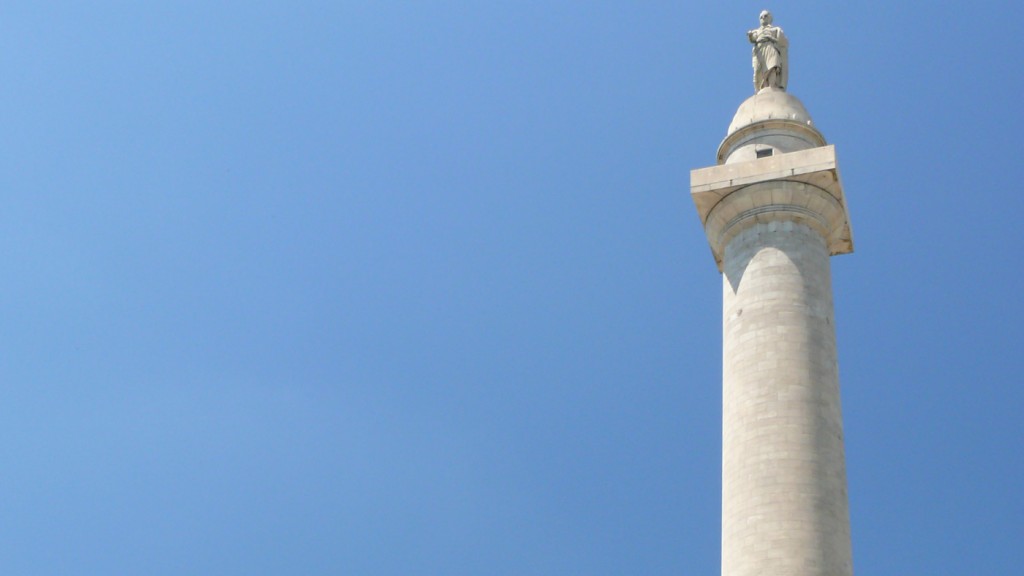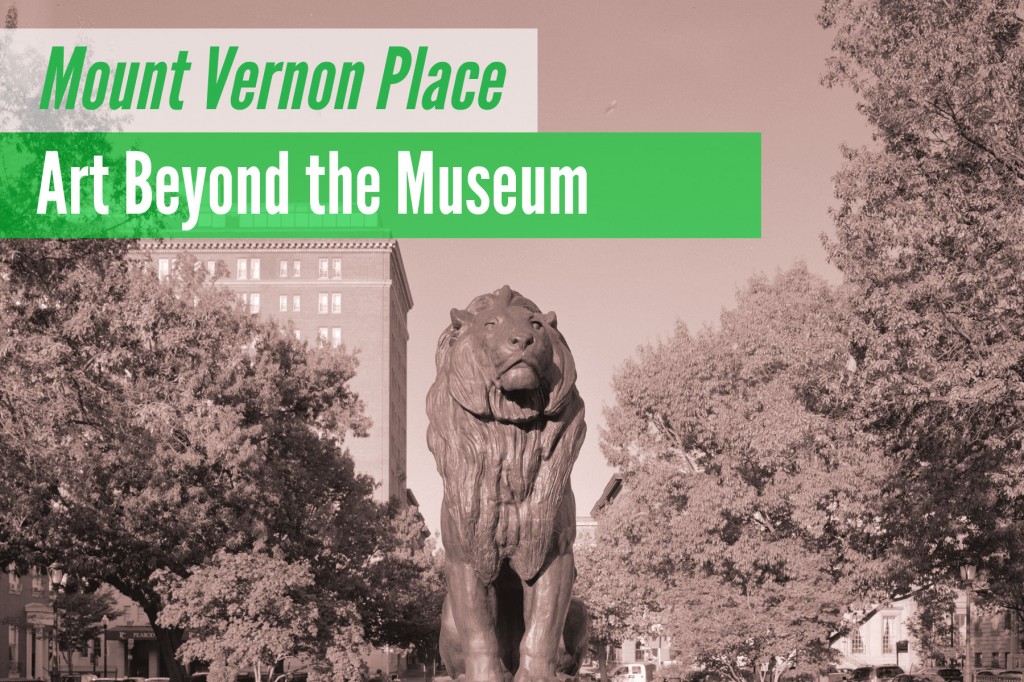Last night at Mayor Pugh’s direction, Baltimore’s three public Confederate monuments and the monument of Justice Roger B. Taney were taken down and placed in storage. The city’s action comes after a series of meetings, public discussions, and protests that began in June 2015 when people in Baltimore and across the country called for the removal of Confederate monuments and former Mayor Rawlings-Blake created a special commission to study Baltimore’s four statues. More recently, this past Sunday, over a thousand people gathered at the Lee-Jackson Monument for a rally to show solidarity with Charlottesville and to call on the city to take down the monuments. And on Monday, the Baltimore City Council voted unanimously to support a resolution by Councilman Brandon Scott to remove all four of the statues. The Mayor’s decision to remove the monuments last night also came after Baltimore BLOC announced a plan to take down the Lee-Jackson Statue through direct action, following the example set by protesters in Durham, North Carolina.
In 2015, Baltimore Heritage supported the public review of these monuments by presenting testimony and publishing a report on the history of Confederate memory. In our research, we reported how “Lost Cause” monuments to the Confederacy were built as a part of a national movement to support white supremacy beginning after the Civil War. The report also chronicled how the monuments sparked opposition and controversy at the time they were erected. For example, in 1888, a Confederate veteran opposing the erection of a Confederate monument on Eutaw Place wrote: “I am unwilling to see erected in the public streets of this city a monument to a dead idea.” In 1948, the Afro-American newspaper criticized the mayor and governor for participating in the dedication of the Lee-Jackson Monument calling the men it depicted rebels “who walked roughshod over humble people in an attempt to build a State on the foundation of slave labor.”
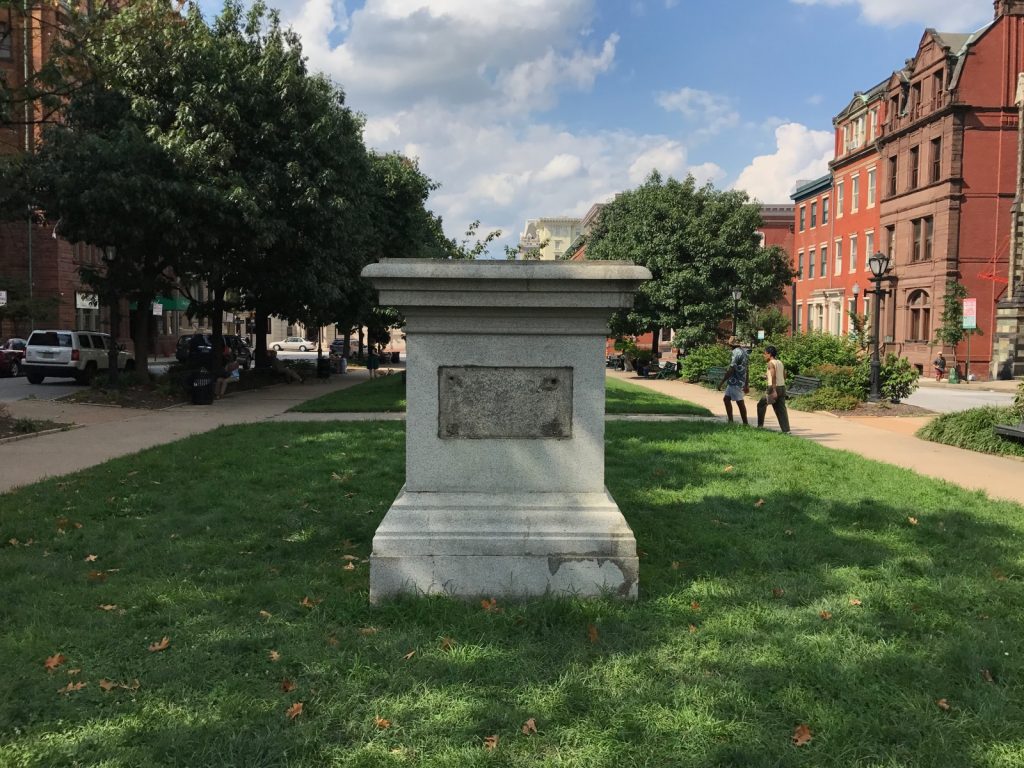
Today, the four monuments are gone from their pedestals. We join many other Baltimoreans in looking forward to and participating in what comes next. The National Trust for Historic Preservation has called on communities to act in a transparent, deliberative, and inclusive way in dealing with their Confederate monuments. We agree. Just as the removal of the monuments came after years of public participation, we hope the city will invite an open discussion on what happens next at these sites.

